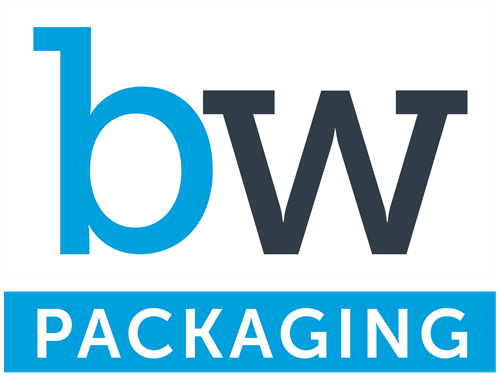Blog
Case Packers 101: Case Styles, Packaging Machinery & Value Adds
Judd Kuehne | Jul 25, 2025
How Ion Labs Boosted Gummy Production with BW Integrated Systems
BW Integrated Systems | Nov 15, 2024
The Top 5 Things to Consider when Purchasing a Depalletizer
Eric Rohlf | Nov 14, 2024
Pressure Sensitive vs. Shrink Sleeve Label Application
BW Integrated Systems | Jan 11, 2024
4 Trends that are Challenging the Shrink Sleeve Label Format
BW Integrated Systems | Jan 8, 2024
Conventional vs. Robotic Depalletizing: Which is Best for Your Line?
Eric Rohlf | Jul 25, 2023
New Standard in 6-Lane Aluminum Can End Manufacturing
Tim Paprocki | Nov 7, 2022
Pet Food Packaging Cost Factors
Daniel LoRusso | May 3, 2021
Topics for Selecting a Packaging Line Integrator
Eric Collier | Jan 15, 2021


